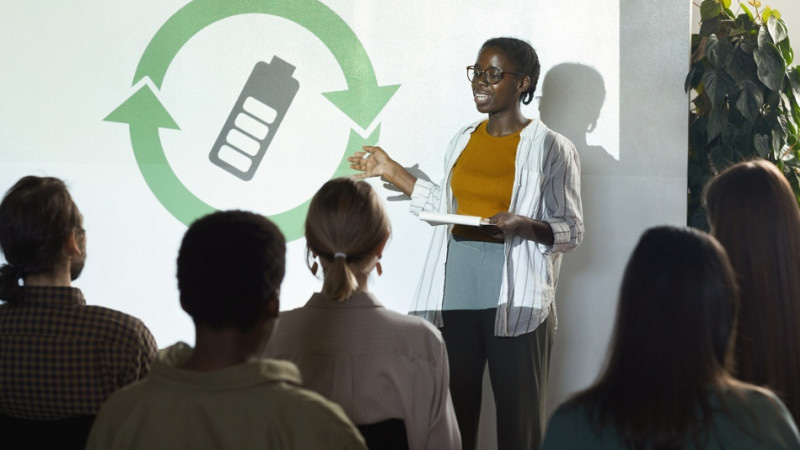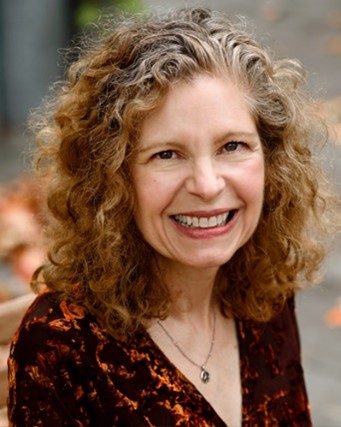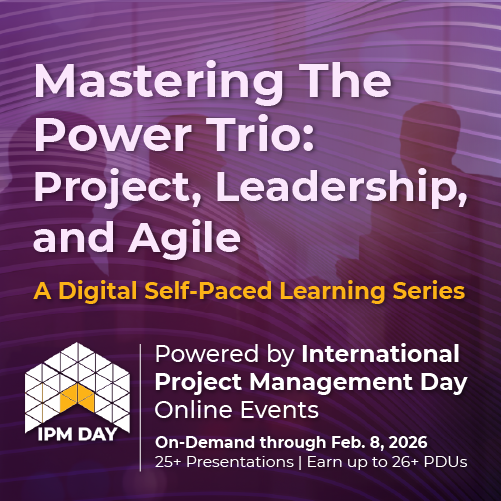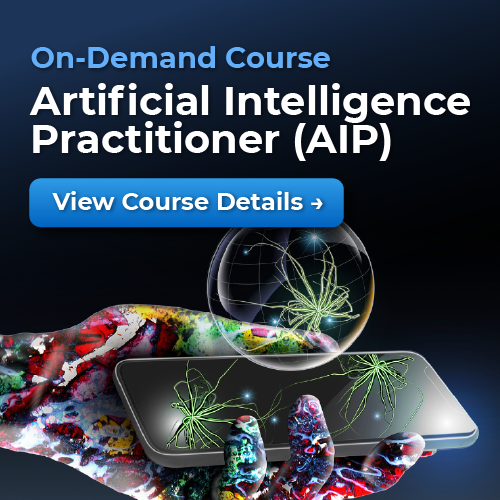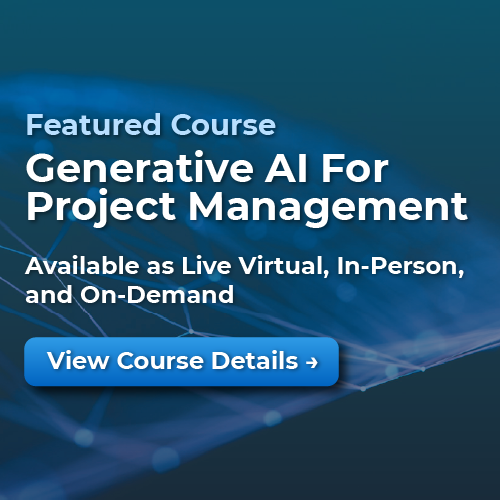By Lisa Whited
January 31, 2023
A recent exchange with Molly, an IT manager at a global financial services firm, is typical of many I have in workplaces. “I am concerned about rising sea levels and climate change. But I am one person. What can I do to make a meaningful difference?”
Reading the headlines about flooding, experiencing hotter summers, and witnessing extreme weather events can cause us alarm or, the opposite – make us want to bury our heads in the sand. The good news is that there are pragmatic things we can do in our own organization that can make a meaningful difference.
Here are 7 steps that you can take within your company, or with your team at work. They are called the “PLLANET Tenets” and, when used together, are proven to result in higher employee engagement, more efficient use of space, and a more inclusive workplace – with the potential to reduce harmful carbon emissions and methane from landfills.
The 7 tenets work in concert so that your stakeholders (employees, managers, and leaders) have greater buy-in of the resulting change. These tenets can be used by anyone regardless of title, status, or role. They have been used by C-suite executives, vice presidents, managers, team leaders, and frontline employees. This process is for the world we are in now. A world with:
- catastrophic climate change
- a renewed focus on diversity, equity, inclusion, and belonging
- a higher likelihood of remote and hybrid working
It requires courage to reconsider the notion of work and the workplace. These 7 tenets can help you be successful with change for yourself, and for your organization.
The 7 PLLANET Tenets
The tenets spell “pllanet” with two l’s:
- Purpose
- Language
- Less
- Ask
- Net Zero
- Equity
- Time
We’ll review each tenet by sharing how Molly, the IT professional introduced at the beginning of this article, applied each step to her IT team’s transformation.
1) Purpose: Clarify purpose before embarking on a transformation to create a touchstone for successful decision-making and communication.
Molly considered why she wanted to do something to mitigate a warming climate. At age 50, she is the parent of two adult children. Her oldest had their first child two months ago. Molly is excited to be a grandparent and is worried about what kind of world the child will grow up in. Will they still experience cold snowy winters in the Northeast? What other changes might occur that will negatively impact her grandchild? Molly’s “why”- her personal purpose – is, “To have a world where my grandchild can live, play and grow that is healthy and safe.”
Molly wanted to engage her IT team in this conversation. She acknowledged that, as the manager of an IT team with 7 other people of diverse ages, backgrounds, and genders, that they may each have a different “why.” She asked them to reflect on their own personal “why” regarding climate change.
Molly then facilitated a team conversation and asked them to contribute any reflections they were comfortable sharing. Her goal with this conversation was to find commonalities – was there a collective team purpose statement that could be used to define an internal change initiative?
Molly asked the team to consider what they might do differently in their day-to-day work – whether process changes, behavior changes, or some other type of change – that could make a positive difference for the climate.
Ultimately, after the team had this conversation, they agreed that their purpose statement was, “To maximize our efficiency and our effectiveness.” This was a statement they all agreed upon and it was critical that each of them was involved in creating this purpose statement, so they had more agency in the effort.
2) Language: Use consistent, agreed upon and clear terminology as an essential part of initiating effective change.
It is essential that we clarify the meaning of the words we use to describe an initiative, or a change. For example, “sustainable” can mean “ongoing, consistent.” Or, “sustainable” can mean “energy efficient.” Molly knew that it was important that the the IT team’s words used to describe their change initiative be clearly understood. The IT world is filled with acronyms and jargon, and Molly wanted to make sure that the other business units in the company understood what they were doing – and why they were doing it. IT impacts every department in an organization, from marketing to HR to sales to finance and operations – so the words and their specific meanings matter, as they can be interpreted differently depending upon who hears them.
The IT team put together a brief statement and ensured it was widely distributed. They used the same language whether they were speaking with the COO, a VP, or a salesperson. Here is what they shared:
In 2024, the IT Team is maximizing our efficiency and our effectiveness. What this means for you, our internal stakeholder, is:
Efficiency: We are reviewing redundancies to streamline our processes.
Effectiveness: We are asking for your feedback to improve our interactions with you, and we are reviewing our internal team communication to be more effective with each other.
3) Less: Commit to less space than you’ve been used to, to support effective working.
The IT Team had sprawled out over time – they had racks of old monitors, laptops that no longer functioned, and empty boxes that were being saved “just in case.” The IT team primarily worked remotely, coming into the office three times a year for onsite training or collaborative workshops. They did not need 8 individual workstations in the office building. When they did come together physically, it often was to be in a meeting or training room, or to enjoy a coffee at a nearby lunch spot.
Molly and the IT team purged the racks and donated equipment to a community organization that deploys technology to underserved communities and non-profits. She also asked the facilities department to use the eight workstations in other locations as they saw fit.
During our work together, Molly learned of the high cost of empty space – not just in real estate, but also because of carbon emissions due to heating and cooling empty spaces. Commercial buildings contribute 39% to global carbon emissions; reducing a physical presence can make a meaningful difference to the climate.
4) Ask: Invite people to a conversation about change in an intentional and inclusive manner so that community and connection are built into the process.
Because the IT team wanted to improve their efficiency and effectiveness, they knew it was important to invite their stakeholders – employees in the company – to provide feedback. Yet, previously issued surveys often led to frustration and low morale on the IT team. Plus, there was a level of “survey fatigue” – people were tired of answering surveys and feeling like nothing changed as a result.
Molly took a different approach and spearheaded a series of focus group discussions. She established four virtual 45-minute gatherings over a two-week period and invited everyone in the company to choose and register for one session. Attendance was optional, but Molly emphasized in her messaging that she really wanted to hear from her colleagues. They would be missed if they didn’t participate.
Molly used efficient technology to facilitate the session with thoughtful questions, polling tools that allowed people to remain anonymous with their responses, and small group (2 to 4 people) breakout conversations. The session attendees provided feedback – not only great suggestions for improving efficiency and effectiveness – but they also let Molly know how much they enjoyed speaking with people they might not normally interact with on a day-to-day basis. It was a positive and uplifting experience – not what they expected!
5) Net Zero: Create carbon neutral ways of working by first understanding how offices have typically been designed and built, which lets you respectfully challenge embedded assumptions to create a different experience for employees, and ultimately, impact climate change.
As mentioned previously, Molly learned how much buildings contribute to carbon emissions. She now knew the cost of one empty workstation: it is the equivalent of driving a diesel car 6000 km a year. By minimizing the amount of physical office space, Molly and the IT team became an example of how to work effectively and efficiently, by working remotely. They saved on carbon emissions by reducing their number of commuting miles and work-related air travel. The team conducted most of their work online, augmented with occasional in-person team development and collaboration sessions. Instead of attending IT conferences which required air travel, they chose online conferences, and especially enjoyed newer metaverse platforms for interaction and learning.
The IT team also partnered with a non-profit organization which takes business equipment and distributes it to others in the community – whether individuals, students, or non-governmental organizations. This was one way that Molly and her team could ensure their technology was utilized and kept out of the landfill. The non-profit partner also dismantles obsolete equipment and repurposes and recycles components to the greatest extent possible. This was important to Molly, because she also had learned how our landfills create methane, which is multiple times more damaging to our environment than carbon emissions.
6) Equity: Include the voices of the marginalized and underrepresented in your process. Intentionally build equity through architecture and design.
Molly introduced IT policies that included people with non-apparent disabilities. Through our work together, she learned about the high number of people who do not disclose their disabilities at work. People with non-apparent disabilities comprise 80% of those who do have a disability. Whether autism, ADHD, dyslexia, or dealing with chronic pain, there are many modifications that benefit everyone in an organization. These include auto-generated closed captions for online meetings, voice-to-text software, and meeting facilitation technology that includes all voices, without literally having to use one’s voice.
Molly also used these tools when she conducted her focus groups; she was very intentional about including everyone and ensuring they were accommodated without having to ask specifically for a modification. Employees noticed Molly’s effort and a couple told her privately how much they appreciated her attention to these details.
7) Time: Act now and take the positive lessons learned through the working-from-home experience to reimagine work and the workplace to benefit our planet.
Molly was inspired by her own personal why – her grandchild – and that empowered her to bring this important conversation forward. She did not ask for permission to do this work but rather stepped into her own power to make changes that created more efficiency and effectiveness for her company, while building community and inclusion through conversations. Molly’s staff drew closer as a result and became an even stronger high-performing team. She acted as a model for the rest of the organization through her actions, and her method organically spread to other department leaders intrigued by the positive changes they observed over the course of 12 months.
Conclusion
Applying the PLLANET tenets allowed Molly the chance to reinvent – and reignite – her team. The IT Team became a beacon for what one small team can do differently to make a difference for climate change. Are you willing to challenge the status quo? Brave enough to speak up and question embedded assumptions? Do you have the desire to imagine new ways of working? Start with your own personal “why” – apply the 7 tenets of purpose, language, less, ask, net zero, equity and time – and see just how much difference one person can make!
Lisa Whited’s education, experience, and credentials blend organizational development, DEIB (diversity, equity, inclusion and belonging), behavioral change, workplace design, and sustainability. She is a passionate advocate for improving work for all.
Lisa has an MS in Organization + Management from Antioch University and holds certifications in mediation, facilitation, interior design, and as a circular economy specialist. She is pursuing a doctorate in Organizational Development + Change at Fielding Graduate University’s School of Leadership Studies and is recognized as being in the top 1% of Mentimeter presenters in the world. Mentimeter is a tool that Lisa uses to ensure that all voices are heard as part of her intentionally designed inclusive workshops.
Lisa is the principal of LisaWhited.com and has consulted with Google, Microsoft, WTW, bp, and Omnicom, among others. She received IFMA’s Distinguished Author Award for her book, Work Better. Save the Planet which is a guide for building employee engagement while positively impacting climate change.
Lisa is presenting at this year’s Leadership & Innovation Online Conference! Register today.
Disclaimer: The ideas, views, and opinions expressed in this article are those of the author and do not necessarily reflect the views of International Institute for Learning or any entities they represent.

